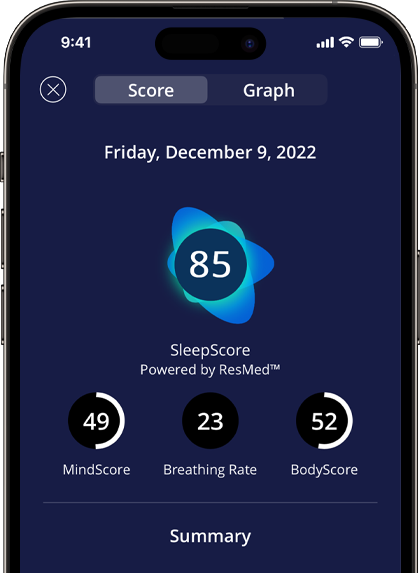A Modern Twist on Sensory Deprivation

The term ‘sensory deprivation’ might make you think of something out of pop culture (Eleven spent some time in a sensory deprivation tank to track Demogorgons in a parallel universe on Netflix’s ‘Stranger Things’). Or perhaps it’s something you think only hippies try in hopes of expanding their minds. But you’d be surprised at the new audiences taking the time and effort to disconnect and submerge themselves in a sensory restricted environment. That’s because these tanks are now being branded as a form of rest and relaxation. And in our fast-paced world, those are things we could all use more of.
What is REST?
The method of submerging into a sensory deprived environment is now more commonly referred to as engaging in REST, or restricted environment stimulation technique. These ‘modern’ float tanks help stressed and mentally tired individuals find peace on a level similar to what lifelong meditation experts experience. To achieve complete sensory restriction, tanks are filled with water around 93.5 degrees F (neutral to the skin so your body does not know where the water ends and the body starts). Then 850 pounds of Epsom salt are poured in to create buoyancy, so gravity is no longer an issue. Typically, tanks are pitch black or close to it. All in all, this creates an environment with no sounds, no feeling, and no sights.
Dr. Peter Suedfeld, a founding researcher of REST, told Men’s Journal that flotation tanks help with “problems involving the autonomic nervous system, such as insomnia, stress symptoms, dysfunctions of the skeleto-muscular system, chronic headache, and the like.”
Suedfeld has spent considerable time delving into making REST a more positively thought-of practice. He helped pioneer the acronym and the changes in how the modern-day float tanks are perceived. The main issue with its perception lies in the fear of doing the practice itself. Many people think of being enclosed in a tiny pod of water as claustrophobic and even downright terrifying.
Suedfeld continues that, “The negative effects of sensory deprivation had nothing to do with the reduction of stimulation that is the crucial aspect of the method. Rather, they were due to anxiety aroused by procedures used by all early experimenters.”
Modern day companies investing in REST for consumers give options that are more comfortable and less stressful, while still giving them the environment necessary for complete sensory restriction.
What are the benefits of REST?
Recent studies of REST float therapy show the positives that come from this method. They include:
– Increasing sleep quality
– Managing chronic pain or injury
– Fighting depression
– Elevating mood
– Improving athletic performance
But proponents of REST say it may take a few tries to really start getting something out of the experience. You may spend your first few times just getting comfortable with the environment and the floating feeling. But it might be just what you need to disconnect, heal, and even sleep better over time!


